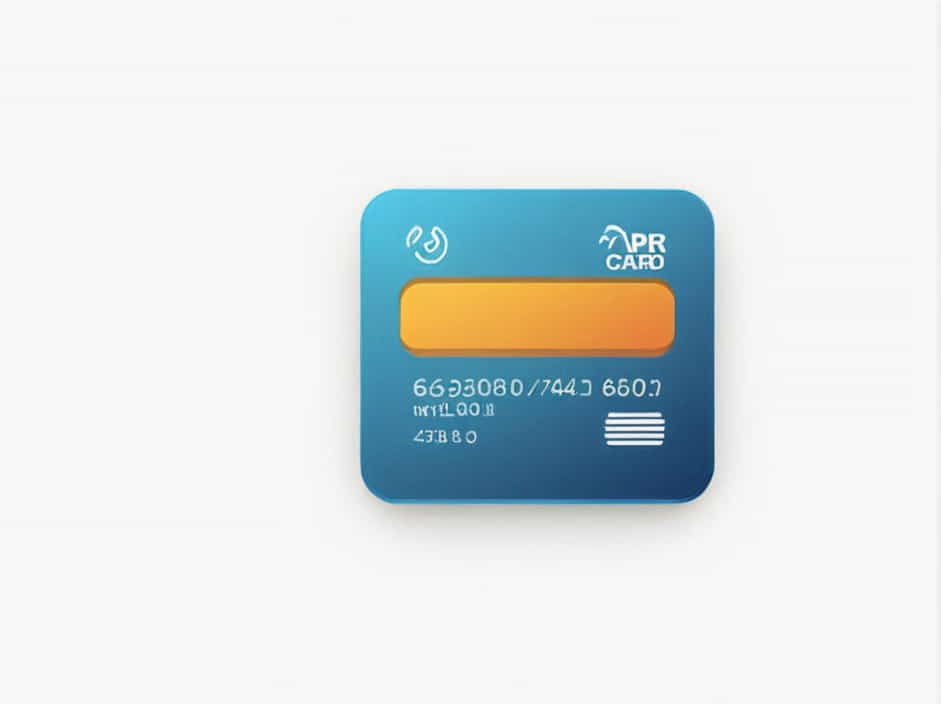When using a credit card, you may come across the term APR. But what exactly does it mean, and how does it affect your finances? Understanding APR is crucial for making informed decisions about credit card usage and avoiding unnecessary interest charges.
What Is APR?
APR (Annual Percentage Rate) is the cost of borrowing money on a credit card, expressed as a yearly interest rate. It tells you how much interest you will be charged if you carry a balance on your credit card from month to month.
Unlike the simple interest rate, APR includes additional costs and fees that may be associated with borrowing, making it a more accurate representation of what you will actually pay over time.
How Does APR Work?
APR is applied to any balance that remains unpaid at the end of your billing cycle. If you pay your balance in full each month, you won’t have to worry about APR because most credit cards offer a grace period where no interest is charged on new purchases. However, if you carry a balance, interest will accumulate based on your APR.
For example, if you have a credit card with a 20% APR and a balance of $1,000, the interest you owe in one year (without additional payments) would be $200. However, interest is usually calculated daily or monthly, so the actual amount can be slightly different.
Different Types of APR
Credit cards can have multiple types of APR, depending on the type of transaction. Below are the most common ones:
1. Purchase APR
This is the interest rate applied to regular purchases if you do not pay your full balance by the due date.
2. Introductory APR
Some credit cards offer a 0% introductory APR for a limited time (e.g., 6-18 months). This allows you to make purchases or balance transfers without interest during the promotional period. However, once the period ends, the regular APR applies.
3. Balance Transfer APR
When you transfer a balance from one credit card to another, a balance transfer APR applies. Some credit cards offer a low or 0% balance transfer APR for a set period, making it an effective way to reduce debt.
4. Cash Advance APR
If you withdraw cash from your credit card (cash advance), the cash advance APR applies. This rate is usually higher than purchase APRs and often has no grace period, meaning interest starts accumulating immediately.
5. Penalty APR
If you miss payments or violate your credit card terms, a penalty APR may be applied. This rate is typically higher than your standard APR and can remain in effect for several months.
How to Calculate Interest Using APR
To understand how much interest you will pay, you can use this formula:
(APR ÷ 365) × Current Balance = Daily Interest Charge
For example, if your APR is 18%, and your balance is $1,000, your daily interest rate would be:
(18% ÷ 365) × $1,000 = $0.49 per day
If you carry the balance for 30 days, your total interest for the month would be $14.70.
How to Avoid Paying High APR
1. Pay Your Balance in Full
The best way to avoid interest is to pay off your balance every month before the due date. Most credit cards offer a grace period, meaning you won’t be charged interest if you pay in full.
2. Choose a Credit Card with a Low APR
If you carry a balance regularly, look for credit cards that offer a low ongoing APR to minimize interest charges.
3. Use 0% Introductory APR Offers Wisely
Many credit cards offer 0% APR promotions on purchases or balance transfers. If used strategically, these offers can help you pay off debt without interest.
4. Avoid Cash Advances
Since cash advances often come with high APRs and no grace period, it’s best to avoid them whenever possible. Instead, consider other borrowing options like a personal loan.
5. Make More Than the Minimum Payment
If you can’t pay off your balance in full, try to pay more than the minimum required. This reduces the amount of interest charged over time and helps you clear debt faster.
6. Monitor Your Credit Score
Your credit score affects the APR you qualify for. Higher credit scores generally result in lower APRs, so maintaining good credit can save you money in the long run.
Does APR Change Over Time?
Yes, your APR can change based on market conditions and your credit behavior. Credit card APRs can be:
- Fixed APR: Stays the same unless the lender provides notice of a change.
- Variable APR: Adjusts based on the prime rate, meaning it can increase or decrease over time.
APR is a key factor in determining how much you pay for borrowing on a credit card. By understanding how APR works, the different types, and strategies to reduce interest charges, you can make better financial decisions and save money in the long run. Always read the terms of your credit card carefully and take advantage of low-APR offers to manage your finances effectively.
